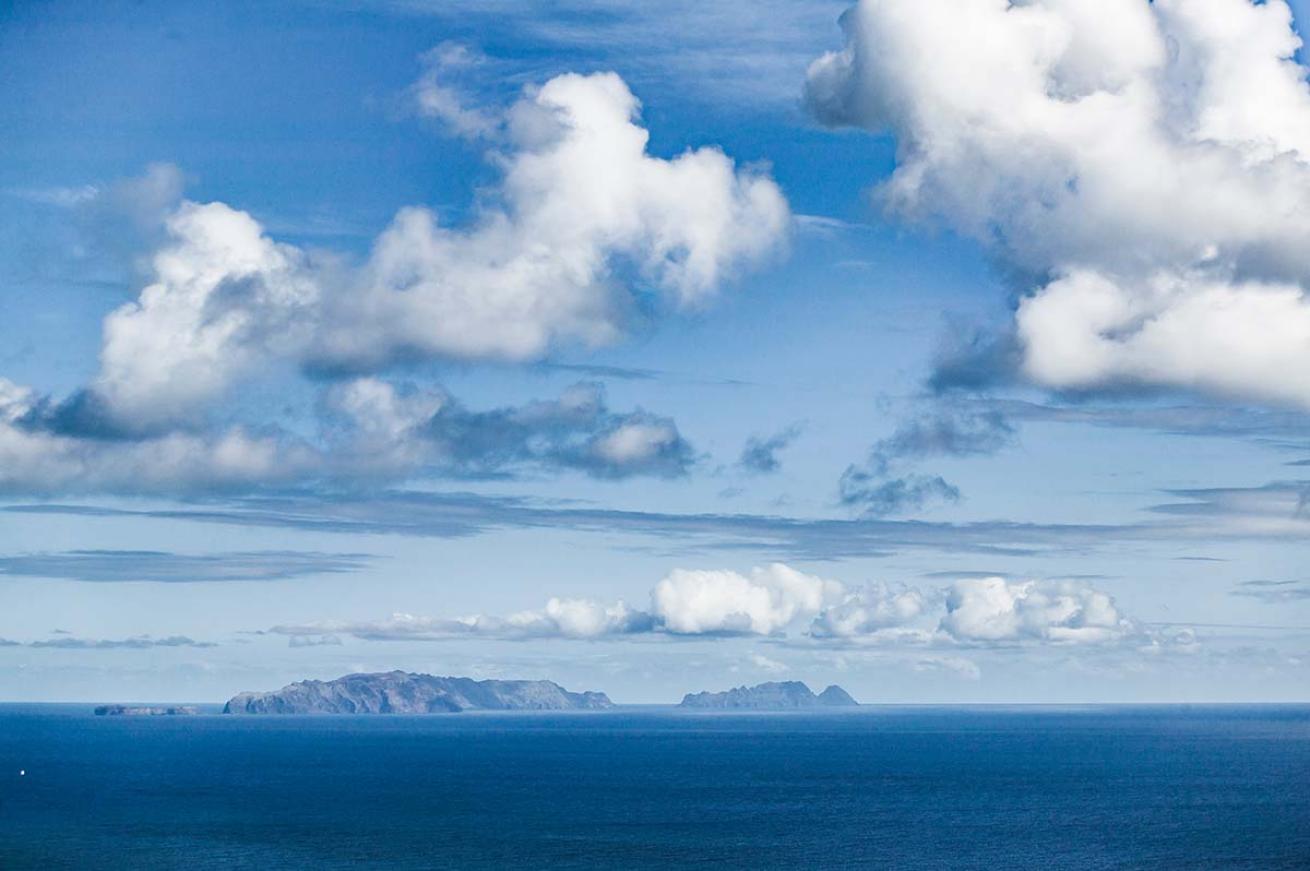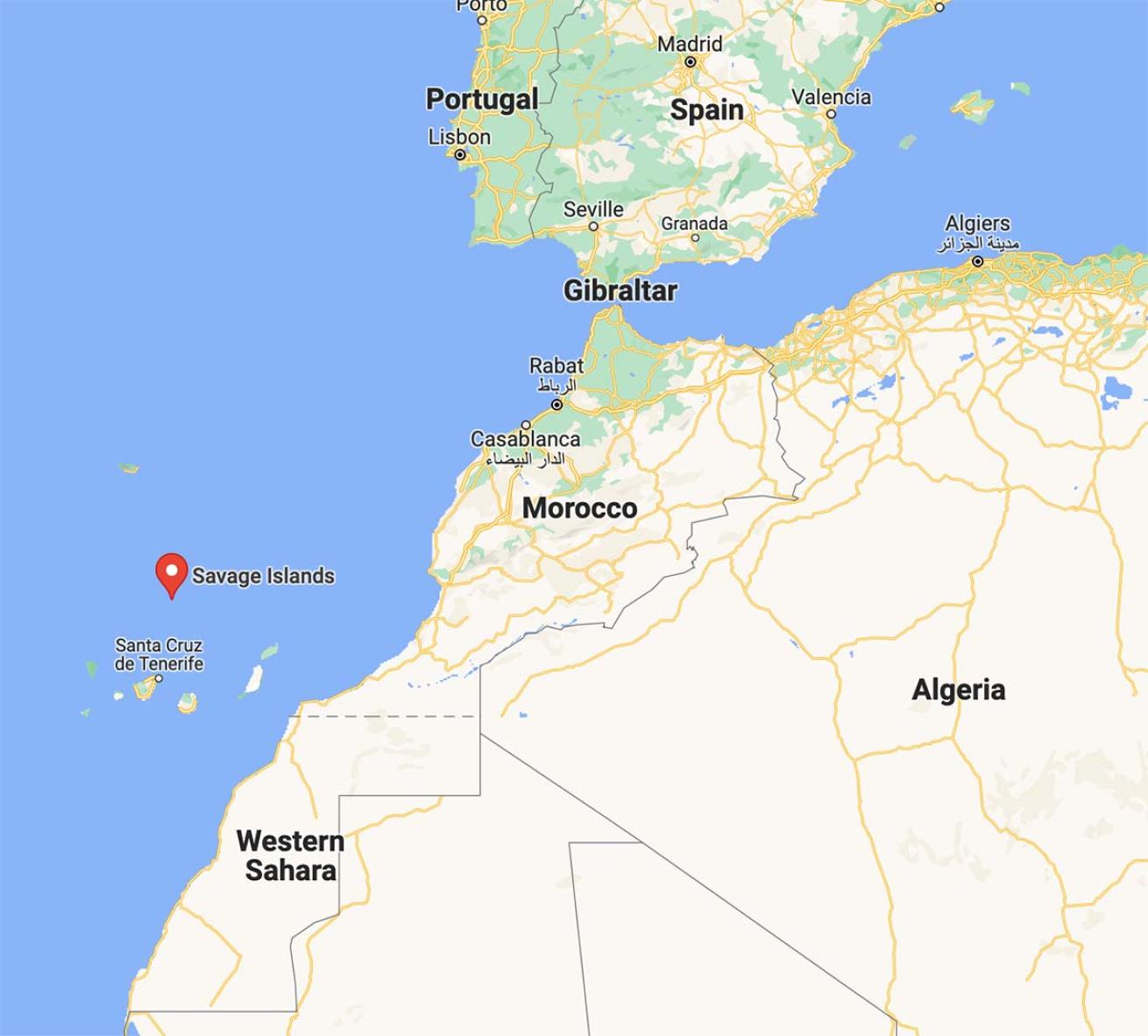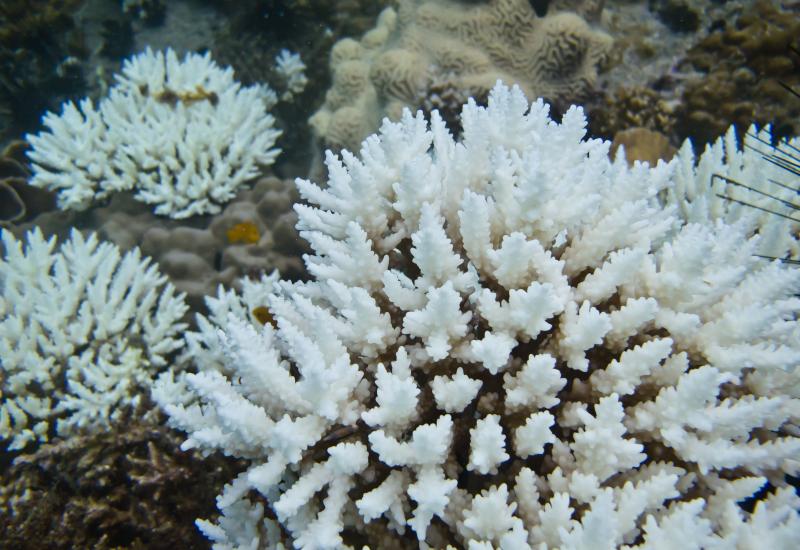Portugal Creates Europe’s Largest Marine Reserve

Shutterstock.com/UmomosThe Selvagens islands sit on the horizon.
Portugal has created the largest marine protected area in Europe, a roughly 1,034 square mile reserve around the Selvagens Islands, a largely uninhabited volcanic archipelago in the northern Atlantic Ocean.
The archipelago, which is about halfway between Spain’s Canary Islands and Portugal’s Madeira region, is home to the largest colony of Cory’s Shearwater seabirds in the world. Also known as the Savage Islands, they became a Portuguese nature reserve in 1971 due to the colony, and the new reserve boundaries expand on the existing protections.
“When we say the largest marine reserve in Europe, it’s exciting, because it really is a sense of leadership and ambition,” Paul Rose, a British diver and documentary presenter who led a 2015 Pristine Seas trip to the islands, tells Treehugger. The Pristine Seas project, led by National Geographic Explorer-in-Residence Enric Sala, is a major promoter of the effort to protect 30 percent of the ocean by 2030. In the past 12 years, it has led expeditions to 31 locations. Twenty-four of these are now protected, encompassing 2.3 million square miles of ocean.
Portugal’s expanded reserve grants greater projections to the Selvagens Islands’ surrounding cold-water reefs. The original preserve’s protections expired at a depth of 656 feet, which was not far offshore of the sloped volcanic islands.

Google MapsThe Selvagens Islands, also known as the Savage Islands, sit in the North Atlantic.
“This does not provide protection for many of the wider ranging species such as seabirds, marine mammals, and tuna that rely on this important area, with fishing activity often occurring in close proximity to the coastline,” a Pristine Seas expedition report stated in 2016.
Rose saw much of this biodiversity when he dived the area during the Pristine Seas expedition. The team recorded 51 species of fish, including sharks, barracuda and moray eels.
“I had an amazing dive on a small shipwreck there, and as I swam into the open hold, the open cargo hold, I could see… hundreds of thousands of small fish swimming out the other side,” he says.
The resident sea birds were just as prominent topside. “After a day of diving, we could be on deck and just watch hundreds of thousands of Corey’s shearwaters coming over us to land back on the islands,” Rose says.
The new protections are being put in place to combat threats to the resident marine life, including pollution, the climate crisis and overfishing of species like tuna. Rose says he hopes Portugal’s dedication to its ocean environments will serve as an example and encourage other European countries to protect more of their waters, such as the Mediterranean Sea. Home to a wide variety of marine life, but it is still plagued by climate change, pollution and unsustainable fishing.
“It’s an iconic bit of water for us Europeans,” Rose says, “and we really should be protecting it.”










